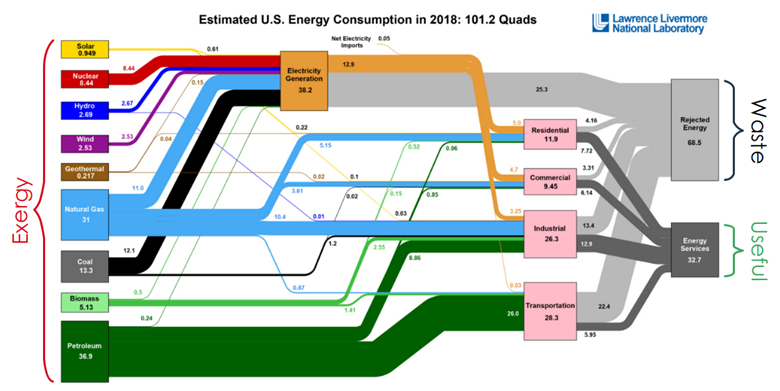
by Jeff Ihnen | May 25, 2021 | Energy Rant
Time flies even during pandemics. Two years ago, I found the quote, “Casual observers are often wrong” by Charles Bayless with Public Utilities Fortnightly. Back then, the Rant topic was that battery storage increases carbon emissions – because “Batteries, or any...

by Jeff Ihnen | Apr 28, 2021 | Energy Rant
This week’s post is prompted by further research developing my decarbonization course scheduled for May 19, 2021, via AESP, and information provided by the American Energy Society. Would you believe the course is filling up? Just asking. I like and respect the...

by Jeff Ihnen | Apr 21, 2021 | Energy Rant
“Can I ask a question?” My response to that, in good company, is, “You just did. Would you like another chance?” Now that, my friends, is a paradox. As you ought to know, I’m preparing a mind-blowing three-hour course on decarbonization for AESP’s Spring Training. One...

by Jeff Ihnen | Apr 14, 2021 | Energy Rant
A few weeks ago, we reviewed electricity storage technologies, barriers, and issues. One storage technology is the lowly lead-acid battery, which forms the backbone of uninterruptible power supplies for data centers. They are inexpensive with readily available...

by Jeff Ihnen | Jul 2, 2018 | Energy Rant
Energy storage is easy and cheap. Grid-grade electricity storage is complex and expensive. Definitions of energy storage vary. Some consider hot water, chilled water, or ice to be stored energy. It’s really storing the benefits of energy consumption. For phenomenal...






